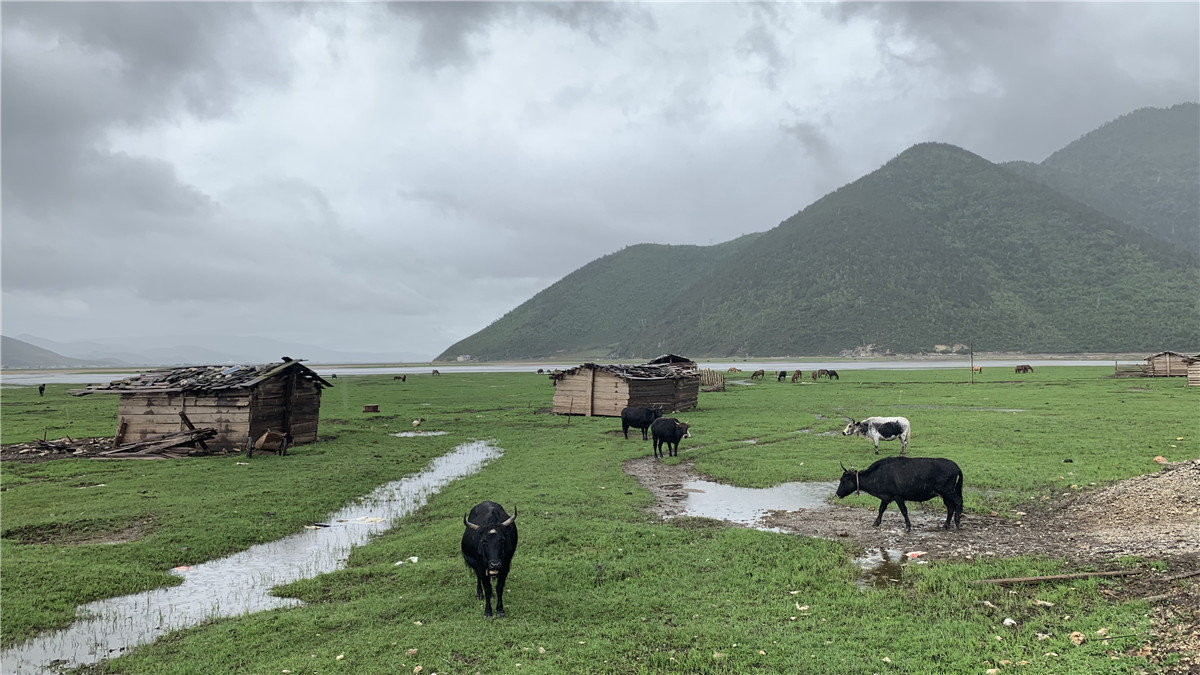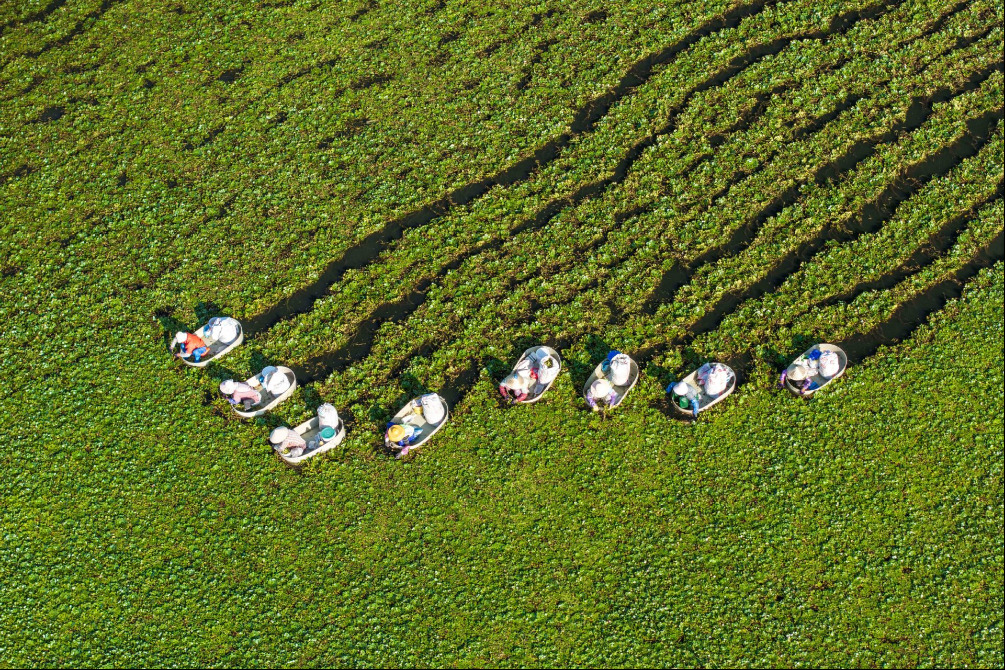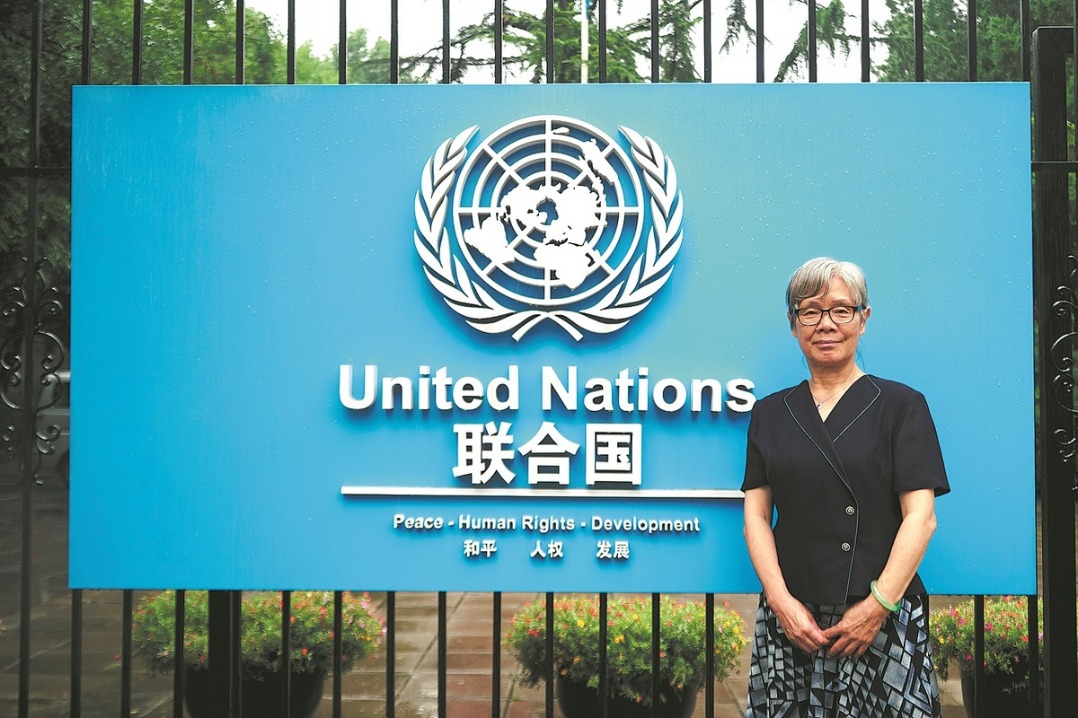Shangri-La city to further combine ecological, economic benefits


KUNMING -- The popular tourist city of Shangri-La will complete its new round of afforestation projects, with a total of 1.1 million trees planted by the end of 2020. This is to further improve its ecological environment, a senior local official said Tuesday.
The city, in southwest China's Yunnan Province, will concede about 133 hectares of farmland to forestry, and cap the number of its nonmetal mines at 50 by the end of the year, said Dorje, mayor of Shangri-La.
Around 77.6 percent of the city's urban and suburban areas are covered by forests. Shangri-La has so far selected 4,642 forest rangers from local rural households, mostly poverty-stricken, to protect the environment, with each person given an annual subsidy of 10,000 yuan (about 1,400 U.S. dollars).
"As ecological tourism is the most important industry in Shangri-La, we will further increase the income of locals living in the nature reserve areas," Dorje said.
The city is inhabited by 25 ethnic groups, with Tibetan people accounting for 46.3 percent of the population.
It is believed that the prototype of "Shangri-La," an earthly paradise depicted in the 1934 fictional book "Lost Horizon" by James Hilton, is Zhongdian County in the Deqen Tibetan Autonomous Prefecture. In 2001, the county was authorized to rename itself Shangri-La City by the central government.
- Autumn sunset paints Inner Mongolia's grasslands gold
- Sanya forum focuses on tourism security cooperation
- Ninety-four students hospitalized with gastrointestinal discomfort in Guangdong
- Baoding Natural History Museum draws crowds
- China's Long March 10 carrier rocket succeeds in second static fire test
- Remains of 30 CPV martyrs return home after 75 years




































